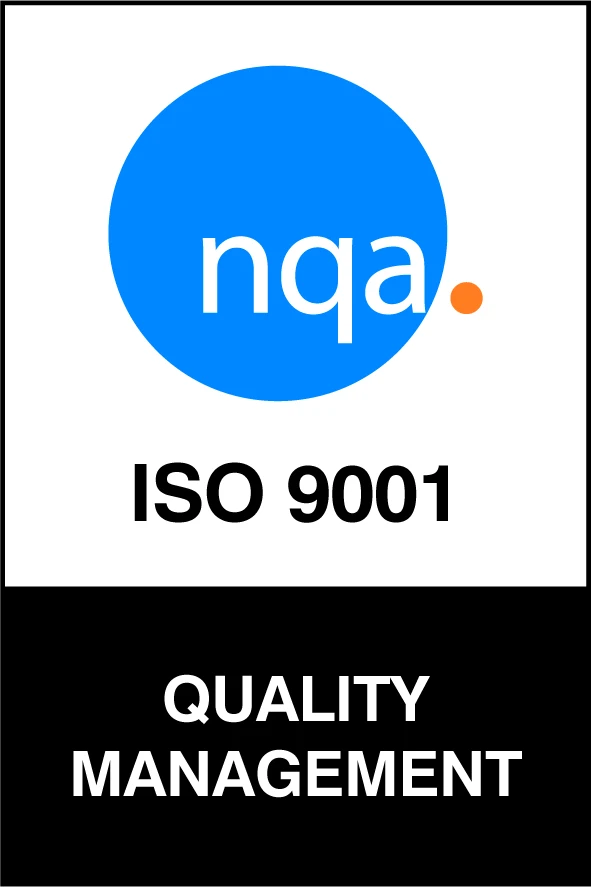3A Sanitary Standards Compliant Sealing Solutions for the Food and Dairy Industry
Formed by the US food and Dairy industry, 3A Sanitary Standards Inc. defines specifications and best practice for the design, manufacture, installation and use of hygienic equipment. As with FDA, the 3-A standards are adopted on a worldwide basis.
Marco Rubber elastomers meeting the UDSA 3-A standard include 3A EPDM, 3A Markez®, Viton® allowing equipment manufacturers/users to select the most appropriate elastomer to temperature, chemical and physical performance criteria. An additional requirement some of our 3A O-Rings and materials meet is free from animal derived ingredients (ADI-free).
Popular Products
- O-rings, Micro and Giant
- Tri-Clamp Gaskets or Sanitary gaskets
- PTFE encapsulated O-rings
- X-rings and washers
- Custom Molded
Popular Materials
- 3A Dairy Compliance
- ADI Free Materials
- LIM silicone per customer specification
- Clean Room Manufacturing and Packaging
Popular Compounds
| Compound # | Datasheet | Material | Hardness (Shore A) | Color | Low Temp °F (°C) | High Temp °F (°C) | FDA | USP Class VI | NSF61 | USDA 3A | Metal Detectable | Features |
|---|---|---|---|---|---|---|---|---|---|---|---|---|
E1000 | EPDM | 70 | Black | 300 (149) | -65 (-54) | Peroxide cured EPDM, Different Durometer, KTW, WRAS standards available | ||||||
E1074 | EPDM | 70 | White | 300 (149) | -65 (-54) | Wide range of compliance | ||||||
E1080 | EPDM | 70 | Black | 250 (121) | -40 (-40) | Wide range of compliance | ||||||
E1097 | EPDM | 70 | Black | 300 (149) | -65 (-54) | Formulated for Chloramine Resistance. Can be manufactured in custom shapes with minimal setup charge | ||||||
B1002 | NBR | 70 | Black | 250 (121) | -30 (-34) | Available in many durometers and colors | ||||||
B1039 | NBR | 70 | White | 250 (121) | -30 (-34) | Available in many durometers and colors | ||||||
B1058 | NBR | 70 | Black | 250 (121) | -30 (-34) | KTW, WRAS and other standards available | ||||||
B1105 | NBR | 70 | Black | 250 (121) | -30 (-34) | Metal detectable for contamination detection sensors(additional colors available) |
FDA compliance per 21 CFR 177.2600 parts A-D, E&F approved compounds available upon request. **USP <87> and USP <88> approved compounds available upon request.
The information on this page is to the best of our knowledge accurate and reliable. However, Marco Rubber makes no warranty, expressed or implied, that parts manufactured from this material will perform satisfactorily in the customer's application. It's the customer's responsibility to evaluate parts prior to use.
The temperature ranges presented on this page are approximations for dry air service only and should not be used to determine design specifications or end-use temperature limits. Actual temperature range of a compound in an end-use application is highly dependent on part type, hardware configuration, applied forces, chemical media, pressure and thermal cycling effects, and other factors. The most practical way of determining an end-use temperature range is testing in the actual application conditions. Consult a Marco Engineer for more details.
Have Questions About Your Specific Application?
Connect With an Expert
- Expert product, application and design assistance
- Trusted by 14,000+ customers
- Fast response (usually within hours)

